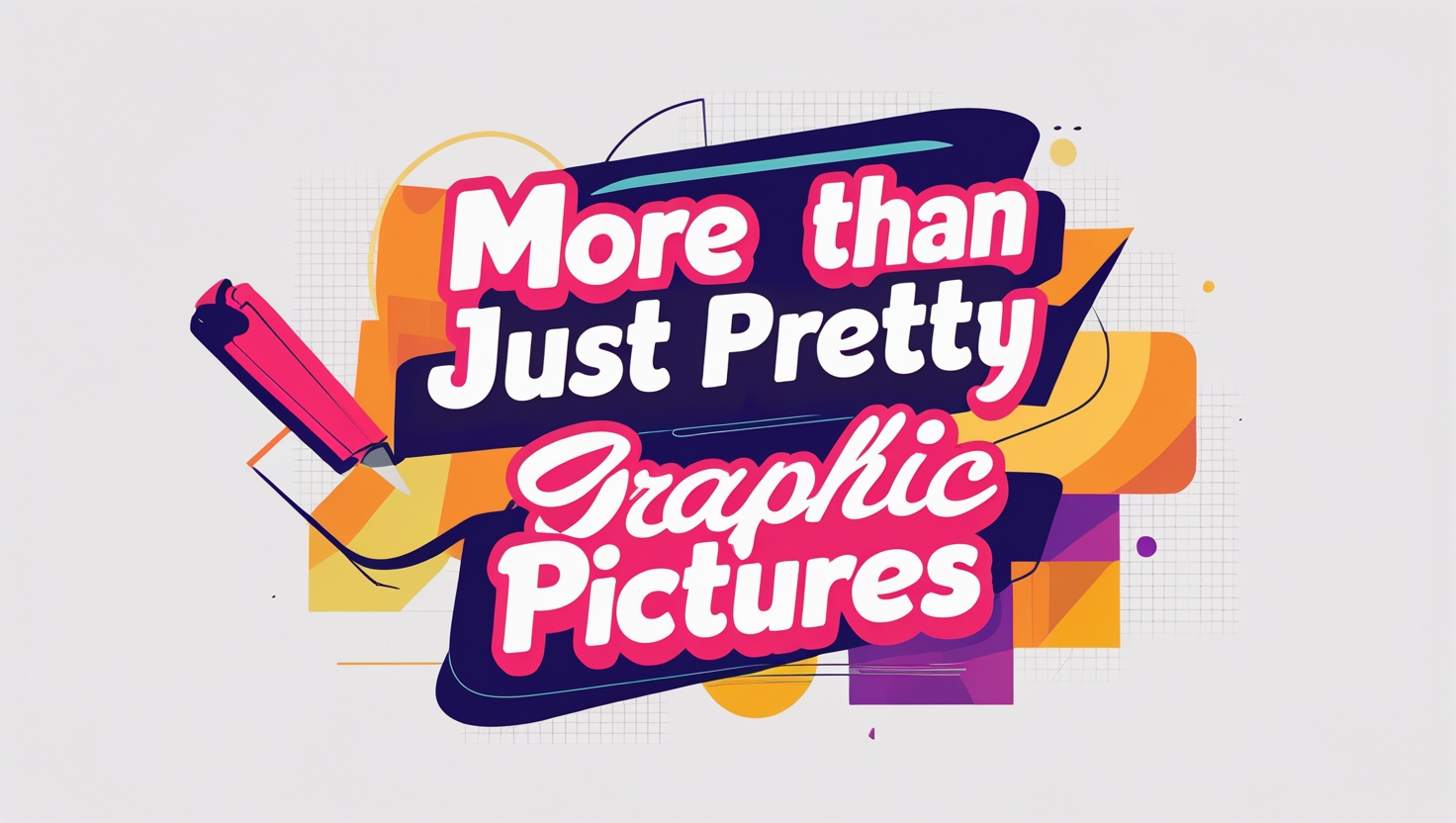Graphic Design: More Than Just Pretty Pictures
In today's visually-driven world, graphic design is more than just aesthetics; it's a powerful communication tool. It's the art of conveying messages effectively and attractively through visual elements like images, typography, and color. Whether it's a company logo, a website layout, or a social media post, good graphic design can capture attention, build brand recognition, and drive action.
But creating impactful visuals isn't just about having an eye for design. It requires a strategic approach. Here are some key strategies that underpin successful graphic design:
1. Understanding the Audience and Purpose: Before even thinking about colors or fonts, the first step is to deeply understand the target audience. Who are you trying to reach? What are their preferences, needs, and expectations? Similarly, what is the core message you want to communicate? Is it to inform, persuade, or entertain? A clear understanding of the audience and purpose will guide every design decision.
2. Visual Hierarchy and Layout: A well-structured layout ensures that the viewer's eye is drawn to the most important information first. This involves establishing a visual hierarchy using size, contrast, color, and placement. Think about how elements are arranged to guide the reader through the design logically.
3. The Power of Color: Color evokes emotions and carries cultural meanings. Choosing the right color palette is crucial for setting the tone and conveying the desired message. For example, blues often represent trust and stability, while reds can convey excitement or urgency.
4. Typography Matters: Typography is more than just choosing a font; it's about readability and conveying personality. Selecting appropriate fonts and arranging text effectively can significantly impact how the message is received. Consider factors like font size, line height, and kerning for optimal readability.
5. Imagery and Iconography: Visuals like photographs, illustrations, and icons can enhance understanding and engagement. High-quality, relevant imagery can quickly communicate complex ideas and create a strong visual impact.
5. Imagery and Iconography: Visuals like photographs, illustrations, and icons can enhance understanding and engagement. High-quality, relevant imagery can quickly communicate complex ideas and create a strong visual impact.
6. Brand Consistency: For businesses, maintaining brand consistency across all visual materials is vital for building recognition and trust. This includes using the same logo, color palette, typography, and overall visual style.
7. Simplicity and Clarity: Often, less is more. A cluttered design can overwhelm the viewer and obscure the message. Aim for simplicity and clarity in your designs, ensuring that the core message is easily digestible.
8. Iteration and Feedback: Design is often an iterative process. Don't be afraid to experiment, seek feedback, and refine your designs based on what works best. Getting fresh perspectives can help identify areas for improvement.
Graphic design is a strategic discipline that goes beyond mere aesthetics. By understanding the audience, employing principles of visual hierarchy, and carefully selecting colors, typography, and imagery, designers can create impactful visuals that effectively communicate messages and achieve desired outcomes. Whether you're building a brand or simply trying to get your message across, a thoughtful and strategic approach to graphic design is essential for success.






